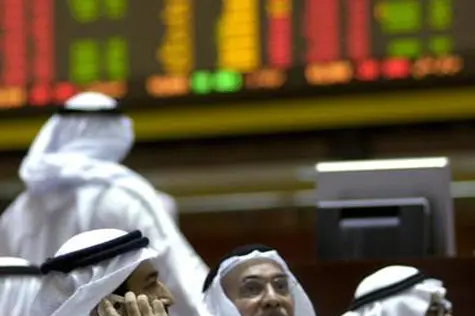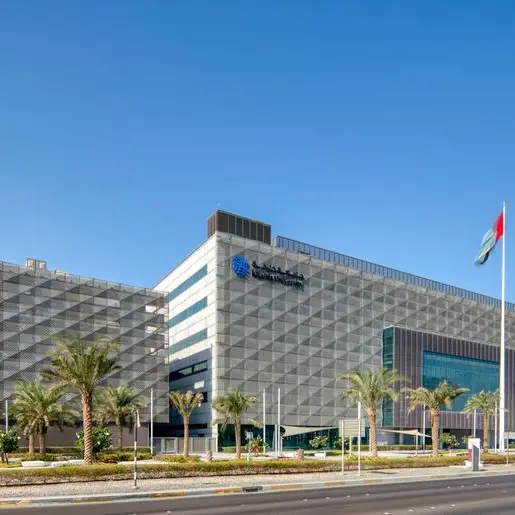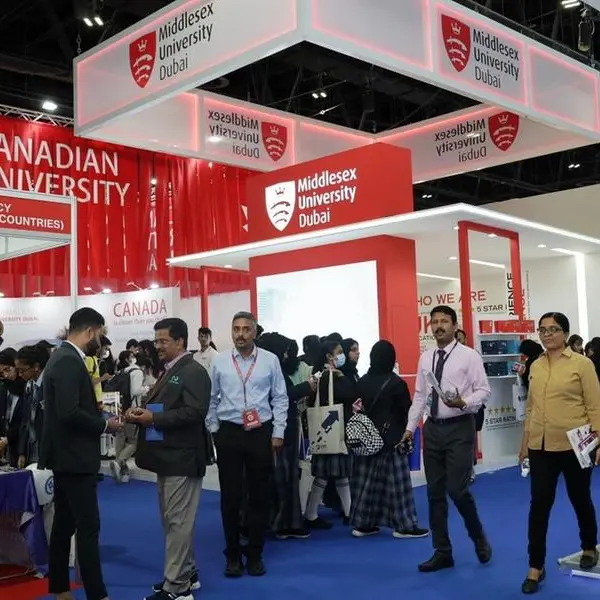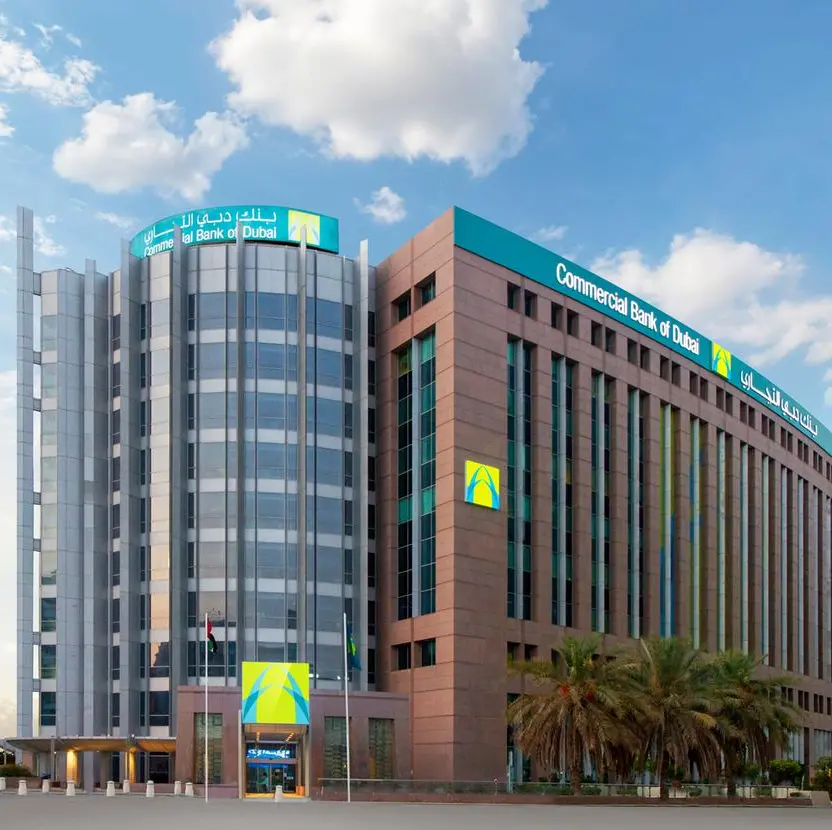PHOTO
A well-calibrated investment philosophy seems to have bulwarked the Islamic stocks to a great extent as Al Rayan Islamic Index - in which banking, real estate and industrials constitute close to three-fourths of the weight - fell 5.99% against a 15.11% plunge in the key 20-stock Qatar Index in 2015, a year that had not witnessed any maiden offer but for three rights issues.
Both the Total Return Index and All Share Index had plummeted by 11.53% and 11.88%, respectively, in the Qatar Stock Exchange (QSE), where foreign institutions were rather net buyers to the tune of QR1.13 billion, amidst the market's pessimistic run that saw as many as 34, or more than 79%, of the 43 equities in the red and as much as QR124 billion in capitalisation being wiped out.
Investors who bought telecom and industrials equities had severe heartburn as they were the hardest hit and, similarly, those who had large and micro-cap equities in their portfolio also saw their purses get lighter in the year, which saw FTSE Russell, a subsidiary of London Stock Exchange, decide to upgrade QSE to "secondary" emerging market from "frontier" status as the market met many of the criteria required to attain the higher status.
While weak oil prices (now at least 60% lower year-on-year) had been a persistent factor, the concerns over fiscal austerity measures started impinging the market sentiments from the beginning of the third quarter and the weak Chinese industrial output and devaluation of the yuan precipitated the decline during the last quarter.
Amidst an overarching bearish grip, the large cap equities were the hardest hit with their value shaving off 20.37%, followed by micro-cap stocks 14.92%, small cap stocks 9.92% and mid-caps 9.68%.
The QSE, which had once touched a two-year low, is not the lone entity to suffer as bourses across the Gulf have been going through a trough primarily because of the weaker signals from the global energy market brought about by low oil prices, which could lead the GCC (Gulf Cooperation Council) to see a shortfall of $275 billion in export earnings in 2015, as opined by the International Monetary Fund (IMF).
The hydrocarbons-based GCC economies witnessed faltering fortunes in the bourses in 2015 with Saudi Arabia reporting a 17.1% decline, Dubai (16.5%), Bahrain and Oman (14.8% each), Kuwait (13%) and Abu Dhabi (4.9%). "The year 2015 turned out to be a historical turning point for how the investors and the world at large looked at GCC economies and their equity markets. Investors largely remained on the sidelines which affected trading activity on the GCC exchanges," Kuwait-based Kamco Research said. QSE - which otherwise witnessed many far-sighted measures such as margin trading, rights trading and higher foreign ownership limits up to 49% - saw total trading turnover more than halve with volumes and transactions dropping 48.14% and 42.15%, respectively.
The index - which fell by more than 3% month-on-month in January to nearly 12,000 points - expand the maximum to reach a high of 12,450 points in the subsequent month. Overall in the 12-month session, seven of the bourses were in reverse gear with the maximum fall in excess of 13% reported in November and, finally. the index closed just above 10,400 points.
Banks and financial services led the sectoral indices in value traded during 2015, accounting for over 32% of the total, followed by real estate and industrials (23% each) and telecom (8%).
In terms of volume, the real estate sector's share was 36%, followed by banks and financial services (22%) and telecom and industrials (14% each).
The Qatari bourse, which has been upgraded to emerging market (EM) by both MSCI and S&P Dow Jones, was comparatively in a better position as the MSCI EM index had fallen by 17.2% in 2015.
The QSE showed a chequered path during 2010-15 with the index gaining as much as 24.8% in 2010 but plummeted to a mere 1.1% in 2011 and then saw a 4.8% decline in 2012. However, 2013 saw the index at its highest at 24.2%, which then fell to 18.4% in 2014.
QNB said the Qatari equity market remains "relatively compelling" as compared to its GCC peers because valuation remains "attractive". In support, QNB notes that QSE is trading with a P/E (price-earnings) ratio of 10.4x complemented by a dividend yield of 5.6%.
January saw a twelve-month trailing P/E of 15.28, which rose to 15.93 in February but only to fall to 14.75 in March. It then increased to 15.29 in April but again fell to 15.03 in May, 14.31 in June, 13.81 in July, 13.41 in August and 13.35 in September. In October, P/E rose to 13.42 but fell sharply to 11.23 in November and further to 11.18 in December.
In the case of dividend yield, it stood at 3.5% in January, 3.36% in February, 3.6% in March, 3.48% in April, 3.54% in May, 3.97% in June, 4.11% in July, 4.23% in August, 4.25% in September, 4.23% in October, 5.04% in November and 4.85% in December.
The ratio of price-to-book value, which remained at more than two (multiples) for most of the months, declined to 1% in the last two months.
QSE was London Stock Exchange-listed Qatar Investment Fund's investment manager's "favoured" market in the GCC region due to the relatively stable political environment, massive infrastructure spending, strong growth in the non-hydrocarbon sector and sizeable hydrocarbon reserves, coupled with attractive valuations and a healthy dividend yield.
Nevertheless, during 2015, telecom stocks witnessed a 33.6% plunge, followed by industrials (21.11%), consumer goods (13.13%) and banks and financial services (12.42%); whereas transport surged 4.85%, real estate (3.92%) and insurance (1.9%).
Although Qatar's hydrocarbons were on the downswing, its non-hydrocarbons have gained substantial momentum; which to some extent was reflected in the country's capital markets too as transport and real estate sectors outperformed the market.
According to the Ministry of Development Planning and Statistics Qatar Economic Outlook 2015-17 Update, the country's non-oil and gas sector will post double-digit growth in 2015, again spearheaded by construction, which is expected to expand by 13.5% in 2015. Services output, too, will rise strongly by 9.8%, buoyed by population growth.
Early in January last year, HE the Prime Minister Sheikh Abdullah bin Nasser bin Khalifa Al Thani had set up three ministerial groups to speed up major infrastructure projects in the country and enhance the private sector's participation in them.
Bank of America Merrill Lynch had said Qatar's infrastructure pipeline appears "most robust" as a third of total investment is carried directly by the sovereign and due to sizeable public sector involvement.
The positive market sentiments toward real estate and transport can be better gauged from their nine-month corporate performance as they both showed higher profitability than the market average; even as earnings concerns were built in due to fiscal austerity measures being announced not only in Qatar but elsewhere in the Gulf economies.
Finding that the short-term impact of reduction in subsidies is "negative" for corporate profitability (in the GCC), Invest AD said "we expect analysts to cut earnings estimates and that equity risk premiums will rise somewhat."
"The trend towards austerity, and of governments trying to widen their revenue bases by rationalising energy subsidies, will have cost implications for companies throughout the GCC," it said.
Notwithstanding the volatility in the markets, which itself is an opportunity, Qatar allowed a higher foreign ownership limit (FOL) - up to 49% - through an Emiri Decree, following which the Qatar Central Securities Depository amended FOL in Nakilat, Milaha, Ezdan Real Estate, Commercial Bank, Aamal Company, Qatar General Insurance and Reinsurance and Doha Bank. The decree also provides for the treatment of GCC citizens as Qataris in terms of owning the shares of listed companies.
However, Afa Boran, Managing Director of Amwal, had said the entry of more overseas investments (in view of allowing up to 49% FOL in listed companies) was dependent on certainty and stability in the oil prices, whose trough had earlier prompted a listed entity, which has a direct link with the hydrocarbon segment, to unexpectedly issue a profit warning.
"At a lower oil price, we will not expect the GCC market to see the same kind of equity valuation premiums we saw previously," he had said.
In the debt market, a total of 115,500 treasury bills valued at QR1.15 billion were traded across 15 deals and 558,550 government bonds valued at QR5.6 billion traded across 39 transactions during 2015.
"Government authorities have sought to increase transactions in these instruments to support wider financial development objectives," the Qatar Economic Outlook 2015-15, released in June, had said.
However, 2015 also saw small and medium enterprises yet to tap the QE Venture Market despite the introduction of a listing subsidies programme; nor did the announced exchange-traded funds from two lenders find their way into the market.
© Qatar Today 2016












